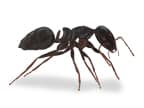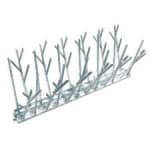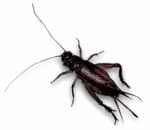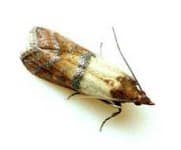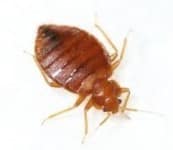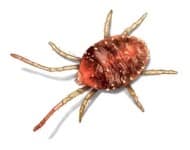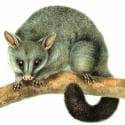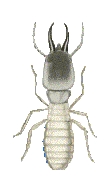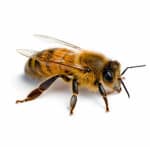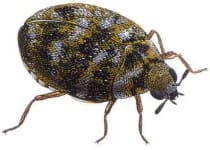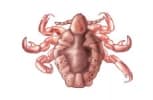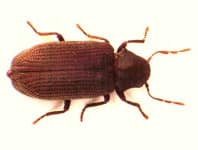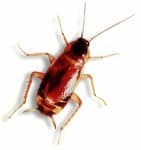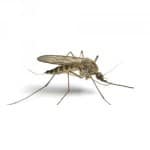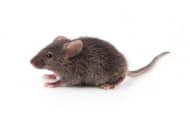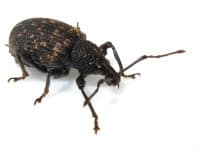PEST INFORMATION
Wasps Pest Control & Treatment
The common wasp can be found all over southern mainland Australia, from southern Queensland, through New South Wales and all the way down to Victoria and South Australia. They are 10-15mm long and will sometimes appear red or yellow in colour.
A social insect, wasp colonies usually consist of many individuals that make their “paper” nests by chewing nectar and using saliva to form the nest. Each cell on the cone-shaped nest is a nursery, and the adults feed the larvae with a diet of chewed caterpillars.
Nests are normally built in shelter; areas like underneath eaves and window sills, as well as in trees or shrubs, are common nesting spots. Well-established nests can be quite large – sometimes up to 200mm in diameter and consisting of many cells and nurseries at any one time.
Beware of the wasp sting
While wasps are beneficial insects around the home, helping to control caterpillars, they can also become extremely aggressive when approached or if their nest is disturbed.
Unlike bees, wasps have the ability to sting repeatedly; they do not die after a sting. What’s more, after a sting, a wasp emits pheromones alerting other wasps to attack.
A wasp sting causes burning pain, a raised lump, redness and local inflammation. In the event of a sting, apply a cold pack, and if allergic symptoms appear, seek medical advice immediately.
Dealing with a wasp infestation
When spraying for wasps, KR Pest Control want to make sure the job is done right. When treating a nest, we spray it with residual chemical and then leave it where it is.
This is due to the wasp’s tendency to forage over large distances; if it comes back to find its home has been removed, it can become very aggressive and end up stinging a member of your family.
Mud Wasps
Mud wasps, otherwise known as mud daubers, are found all over Australia and are a key part of our local fauna. Large and solitary, mud wasps vary in colour and size according to species, but are usually black, or black with orange and yellow bands around them.
Nesting habits
They get their name from their nests; the female of the species collects mud and then uses it to construct nests or brood chambers. These can often be found attached to rock faces, tree trunks, or buildings, though the nests can also be found inside cavities of tree trunks, machinery, taps, and pipes.
When the nest has been built, the female then seeks out insects or spiders (depending on the species of mud wasp) as prey, stinging and paralysing them and then bringing them back to the nest.
Once she returns, the female lays eggs on the paralysed prey and seals the nest. The eggs hatch to larvae, which feed on the insect or spider and then pupate in the cell. Adults emerge by chewing their way out of the cell.
Mud wasp pest control
Unlike the common wasp, which can sometimes exhibit aggressive behaviour towards humans, mud wasps are not aggressive unless touched directly, and should be left alone. They are an important part of Australian fauna, and are beneficial in keeping spider numbers in check.
If their mud nests are built in areas of your home where they prove to be unsightly then it’s okay to remove them, though this should be done when the wasp is out of the nest and is usually best left to a professional.
Common types of wasps

Common Paper Wasp

European Wasp

Mud Wasp

Mud Wasp Cocoon
All Pests
Our Difference
Eco Friendly Products
We use eco-friendly pest control products that are safe for children & pets. We care about our planets' future.
Commercial, residential & strata
From large commercial scale projects to residential pest control solutions for the home and apartment building complexes, we have got you covered. Read more about our pest control services here.
Looking for specific information?
Are you after specific information about a certain pest? Comb through our pest archive here.

over
YEARS ESTABLISHED
over
COMPLETED SPRAYS
Send Us a Message




